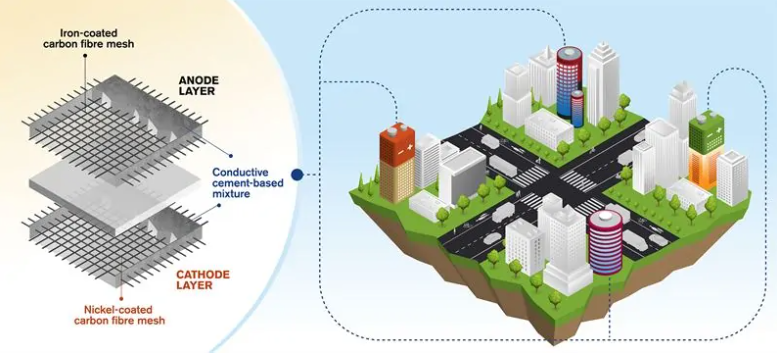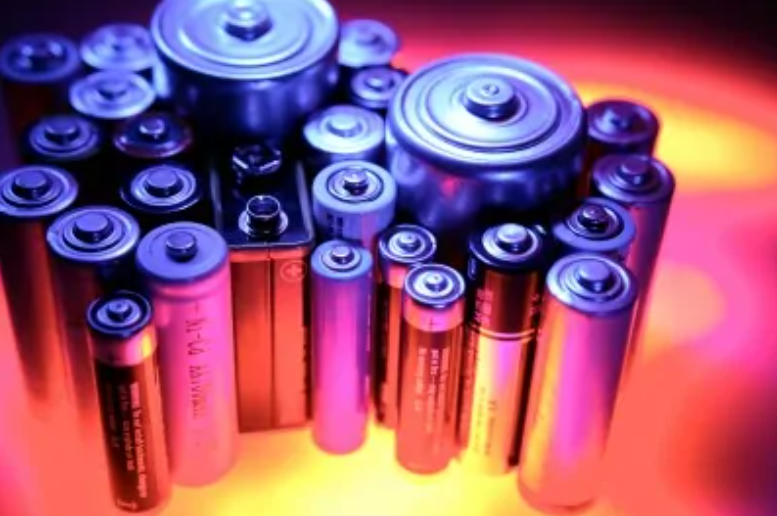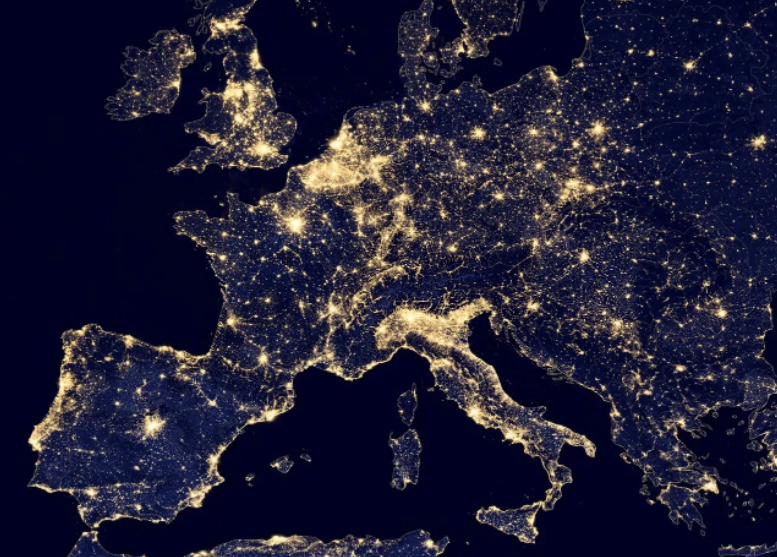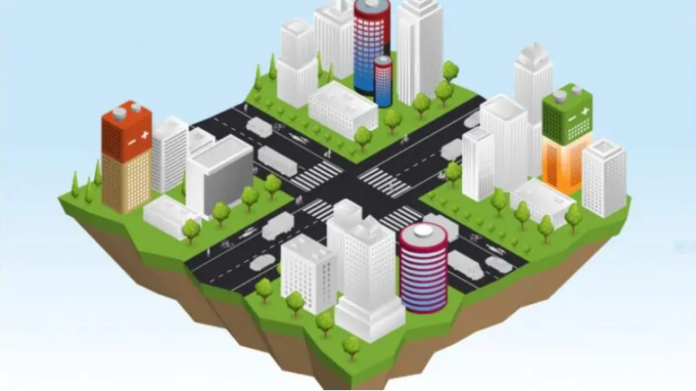The future of cities, indeed of the world, could be revolutionized with rechargeable buildings
In Sweden the “Tesla” style PALACES. An EXAMPLE for other countries?
A “recipe” was developed from Sweden to create a cement that is able to store energy. The uses can be many, but among the many what would really revolutionize our daily life are rechargeable buildings: in fact, using this cement, walls and floors would become giant rechargeable batteries.
Hoping to see this technology in other countries soon, let’s see how rechargeable buildings would work.
# Here is the “recipe” for refillable cement

For anyone who hates cement, this may be the right time to change your mind. The “recipe” for refillable cement comes from Sweden, from the Chalmers University of Technology in Gothenburg. Here two researchers were able to add small amounts of carbon fiber to the classic formula, so as to increase its conductivity. Then – just like in a battery – they inserted a carbon fiber mesh covered with iron and nickel.
# A formula yet to be perfected challenges the most advanced batteries

At the moment the new cement formulation has been used only for scale models, and is therefore still far from practical or commercial uses. Yet the researchers are not only sure of their discovery, but are already trying to further improve its performance: for now, rechargeable concrete has an energy storage capacity of 7 Wh per square meter, still little compared to the more advanced ion batteries of lithium, which can reach 265 Wh/kg. However, scientists are optimistic and are trying – with very good conditions – to be able to increase the capacity of their refillable cement by at least 10 times.
# The revolution of cities, indeed of the world, is already underway

At this exact moment we are studying and discovering the future of our cities, which one day could really fill up with zero-energy buildings, adding photovoltaic panels to the rechargeable concrete that would allow the recharging of the material during the day. And it is useless to mention in a long and boring list all the benefits we would derive from it.
However, if we wanted to think about its uses, rechargeable concrete could be used to construct not only buildings but to revolutionize the world: entire streets would power urban lighting, there would be benches in which to recharge devices and even antennas could be devised to carry telephone signals and connection in remote areas.
In short, refillable concrete still needs to be perfected but the future of cities, indeed of the world, has already been revolutionized.
ROSITA GIULIANO











